| Columns Retired Columns & Blogs |
Theta DS Pro Prime D/A processor Measurements
Sidebar 2: Measurements
This is the first set of measurements using Stereophile's Audio Precision System One with the new "Dual Domain" upgrade. Unlike a standard System One, the Dual Domain can generate and analyze signals in the digital domain. Previously, digital signals for testing D/A converters were read from suitable test discs and taken from the digital output of a CD player. With the Dual Domain, we can generate a variety of chosen signals rather than being stuck with only the signals of test CDs. In addition, the Dual Domain has waveform capture (with 16-bit resolution) and FFT functions. Since the upgraded unit arrived just a few days before these measurements needed to be made, we haven't begun to explore its potential. We will, however, keep you apprised of our continuing efforts to find measurements that correlate with what we hear.
The Prime's output level when decoding a full-scale 1kHz sinewave was a hefty 3.46V (right channel), 1.46V above the standard 2V output level (the left channel's full-scale was 3.44V). This translates to nearly 4.8dB greater output level, meaning that the Prime will sound a lot louder in side-by-side comparisons unless care is taken to match levels. Theta processors typically have very high output levels (the Basic's output voltage was a whopping 7.2V).
Frequency response, shown in fig.1, was flat, but with some negligible HF rolloff, the response being down 0.1dB at 10kHz and 0.4dB at 20kHz. This amount of HF droop may just be audible as a slightly smoother treble presentation. Note in fig.1 that the right channel's output level is slightly higher (0.08dB) than the left's—again a negligible amount. De-emphasis error (fig.2) is virtually nonexistent, the apparent HF negative error being due to the Prime's frequency response on which the de-emphasis plot is overlaid.
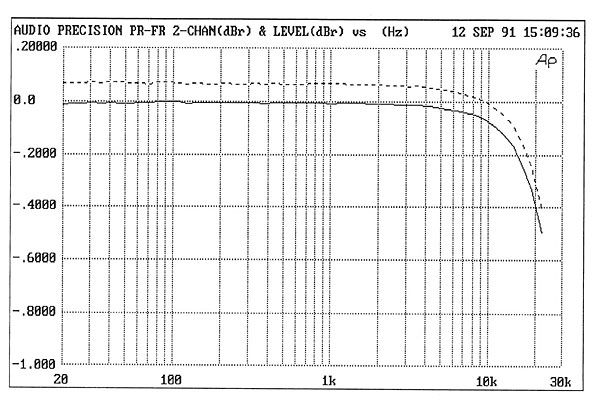
Fig.1 Theta DSPro Prime, frequency response at –12dBFS into 100k ohms with 44.1kHz data (right channel dashed, 0.2dB/vertical div.).
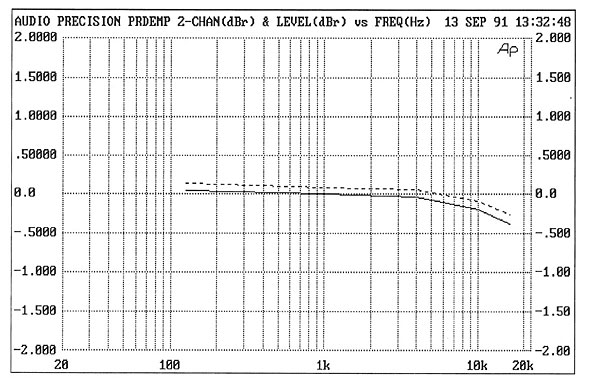
Fig.2 Theta DSPro Prime, de-emphasis error at –12dBFS into 100k ohms with 44.1kHz data (right channel dashed, 0.5dB/vertical div.).
Linearity was exceptionally good, there being about 1.5dB of positive error at –100dB (left channel) and a very low 0.8dB error at –100dB in the right channel (fig.3). This performance is typical of Bitstream DACs like the Prime's Philips 7350. We have found, however, little correlation between low-level linearity and sonic performance. Indeed, measurements of the Wadia 2000 seem to indicate an inverse correlation between linearity and sound quality (see my "Follow-Up" on the Wadia 2000 in the October '91 issue).
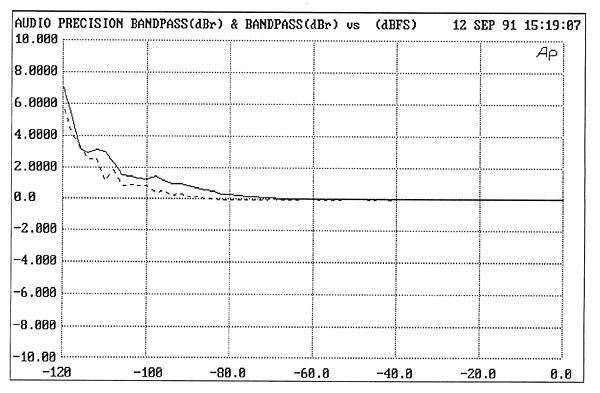
Fig.3 Theta DSPro Prime, linearity error (16-bit data), dBR vs dBFS.
Crosstalk (fig.4) was also excellent, measuring 110dB at 1kHz, dropping only slightly to 96dB at 20kHz. The Prime's output impedance was low, measuring 51 ohms at 1kHz and 20kHz, and 49 ohms at 20Hz. Looking at a positive-going impulse revealed that the Prime does not invert absolute polarity.
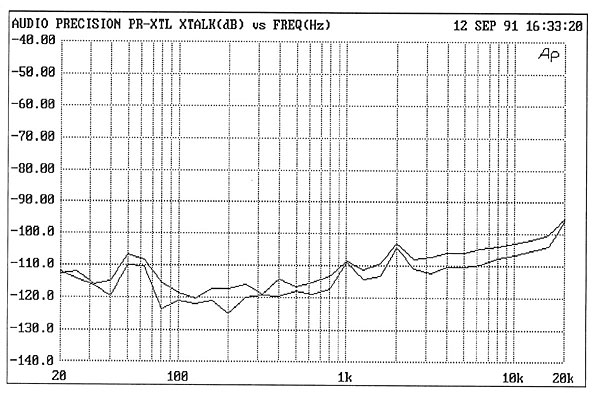
Fig.4 Theta DSPro Prime, channel separation (10dB/vertical div.).
Fig.5 shows a dithered, –90dB, 1kHz sinewave as captured by the Audio Precision Dual Domain. There is a moderate amount of audioband noise overlaying the signal, but it generally looks quite good. It should be noted that the bandwidth for this measurement was 20kHz: removing the out-of-band noise has improved the sinewave appearance. Performing a spectral analysis of the Prime's output under the same conditions produced the plot in fig.6. The low level of noise and excellent linearity is apparent. There is some 60Hz AC line noise present on the left channel, but this is still negligible at –116dBFS.
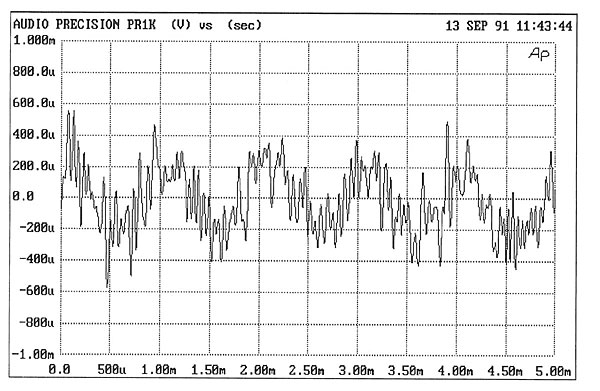
Fig.5 Theta DSPro Prime, waveform of undithered 1kHz sinewave at –90.31dBFS, 16-bit data.
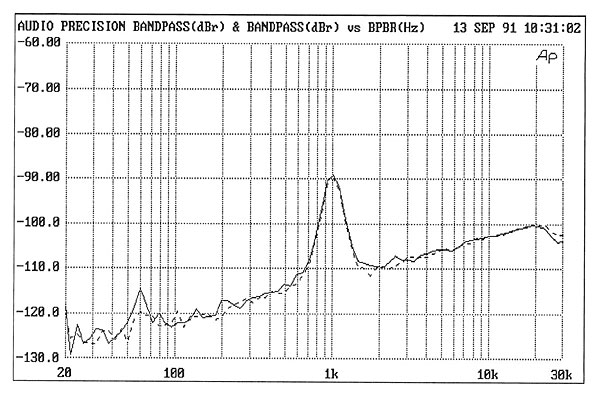
Fig.6 Theta DSPro Prime, 1/3-octave spectrum with noise and spuriae of dithered 1kHz tone at –90dBFS with 16-bit data (right channel dashed.)
Fig.7 shows a spectral analysis of the Prime's intermodulation products when decoding a 1:1 combination of 19kHz and 20kHz at full scale. The 1kHz component and the 24.1kHz product are both very low. This is one of the best-looking intermodulation plots seen in a digital converter.
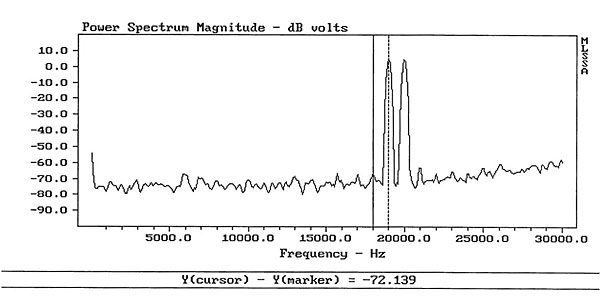
Fig.7 Theta DSPro Prime, 19+20kHz at 0dBFS peak into 100k ohms, 16-bit data (linear frequency scale).
The Prime reproduced a 1kHz, full-scale squarewave (fig.8) with a shape typical of linear-phase digital filters, and had no trouble locking to a variety of sampling rates, including 48kHz.
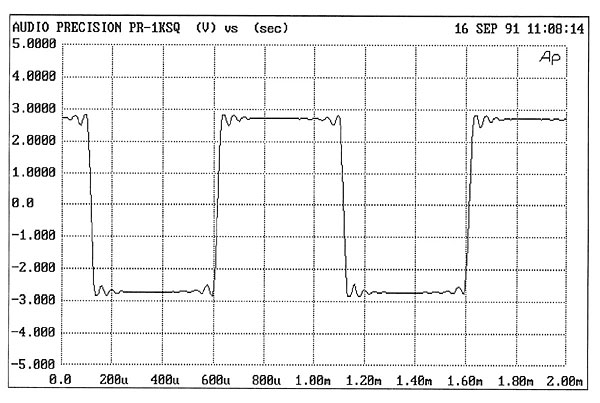
Fig.8 Theta DSPro Prime, 1kHz squarewave at 0dBFS.
Overall, the Prime performed very well on the bench. There is nothing in the measurements, however, that begin to describe its sonic character.—Robert Harley
- Log in or register to post comments




































